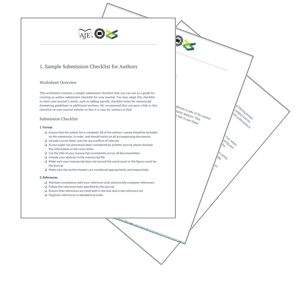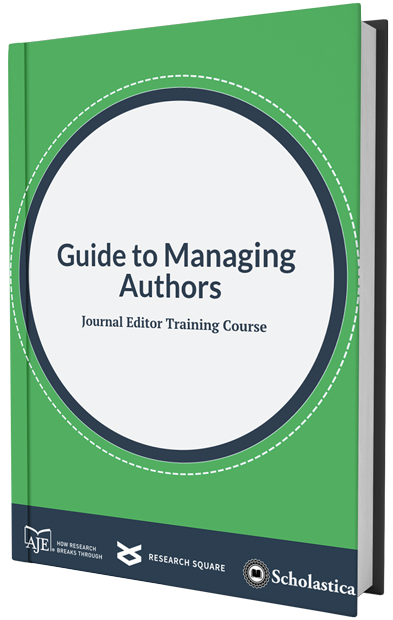How can your academic journal attract more quality submissions? It starts with effective author management.
Author management begins when authors first come to your journal to submit a manuscript and extends all the way through peer review and production, should their paper be accepted. It’s up to your journal to give authors the information and support they need to have a positive experience during the submission, peer review, and publishing process. Without doing so, your journal could miss out on new submissions and, perhaps worse, future submissions and referrals from authors who have a subpar experience working with you.
This course overviews author management areas all journals should focus on, including how to:
- Optimize your author guidelines
- Develop clear ethics, copyright, and authorship policies
- Ensure effective author communication
- Work with authors during the production phase

This course includes the following worksheets
- Sample submission checklist for authors
- Email templates for common author correspondences
- Journal ethics statement template

